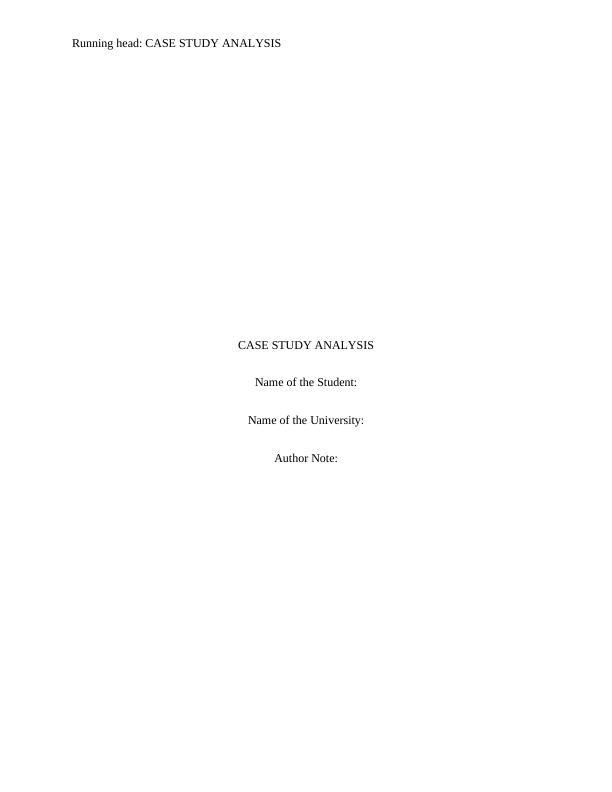Case Study Analysis
This assignment covers the Law of Torts and requires students to identify issues, cite relevant rules, explain their application, and provide advice based on the IRAC method.
7 Pages1723 Words270 Views
Added on 2022-11-25
About This Document
This case study analysis examines whether Tamara can succeed if she sues Aldi Supermarkets for negligence. It discusses the elements of negligence, including duty of care, breach of duty, causation, and remoteness of damage. The case also explores the defense of contributory negligence. Based on the analysis, it concludes that Tamara can sue Aldi Supermarkets for negligence and claim compensation for her losses and injuries.
Case Study Analysis
This assignment covers the Law of Torts and requires students to identify issues, cite relevant rules, explain their application, and provide advice based on the IRAC method.
Added on 2022-11-25
ShareRelated Documents
End of preview
Want to access all the pages? Upload your documents or become a member.
Tort of Negligence and Australian Consumer Law: A Case Study
|10
|2806
|198
Commercial Law: Rights to Sue in Tort of Negligence and Australian Consumer Law
|11
|2902
|193
Case Study Assignment on Tort of Negligence and Australian Consumer Law
|11
|3022
|114
Tort Law: Establishing Negligence and Defense of Volenti Non Fit Injuria
|9
|2482
|62
Tort Law: Duty of Care and Negligence
|9
|1989
|98
Business Law
|11
|2527
|238



